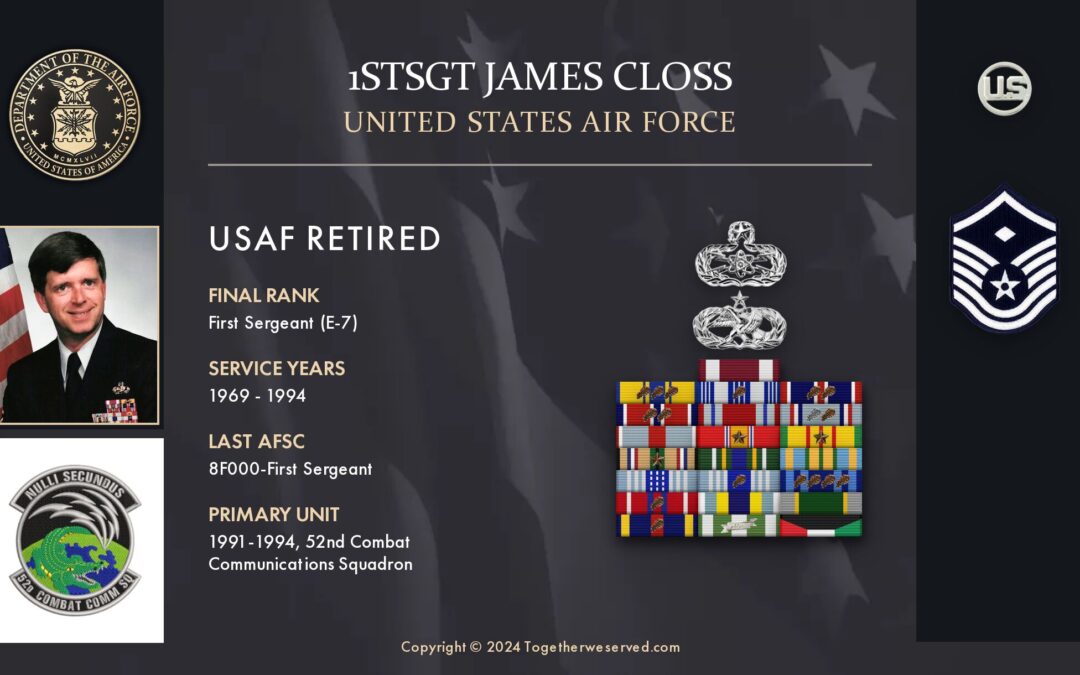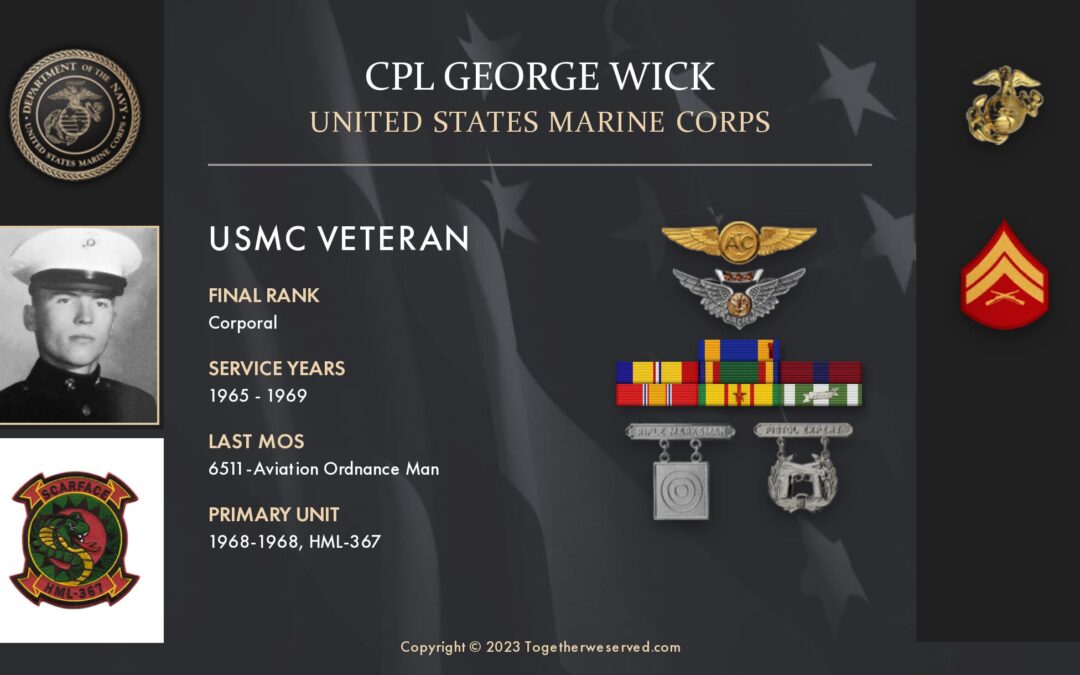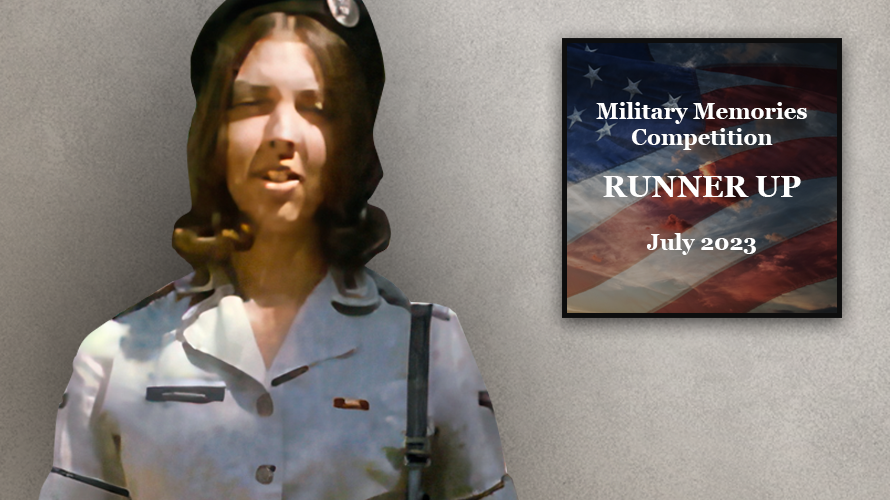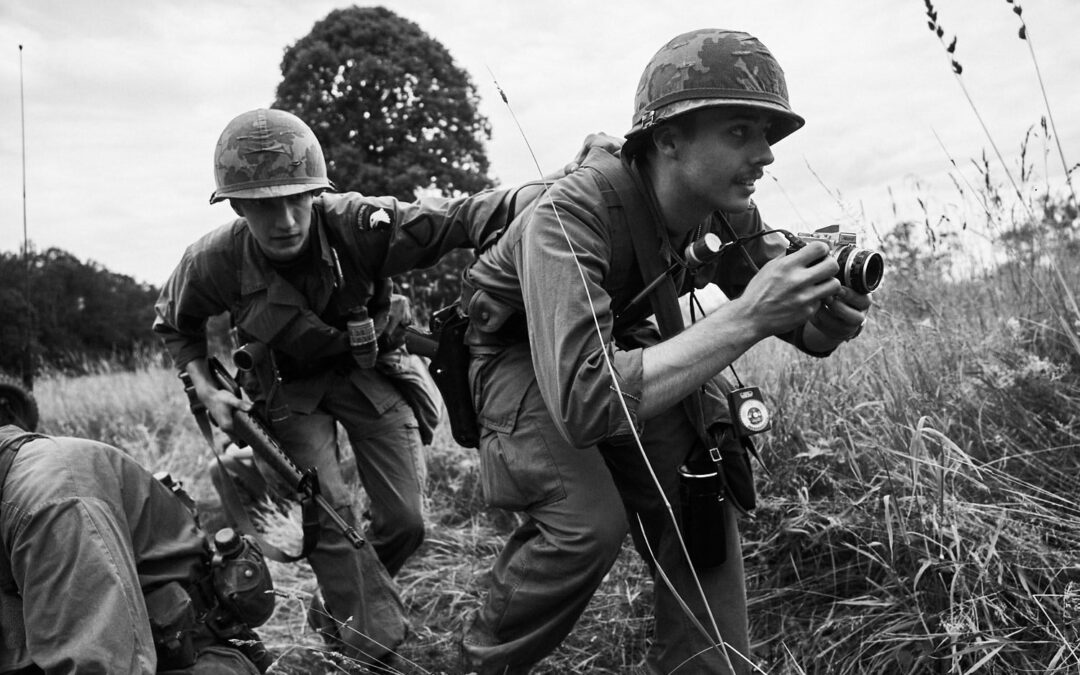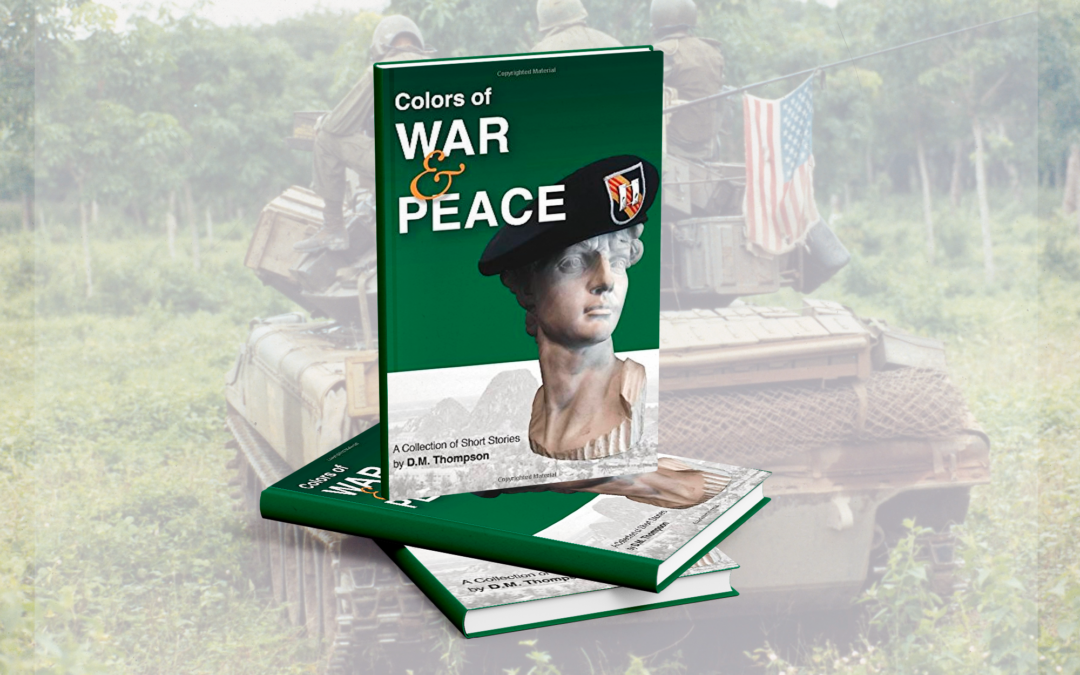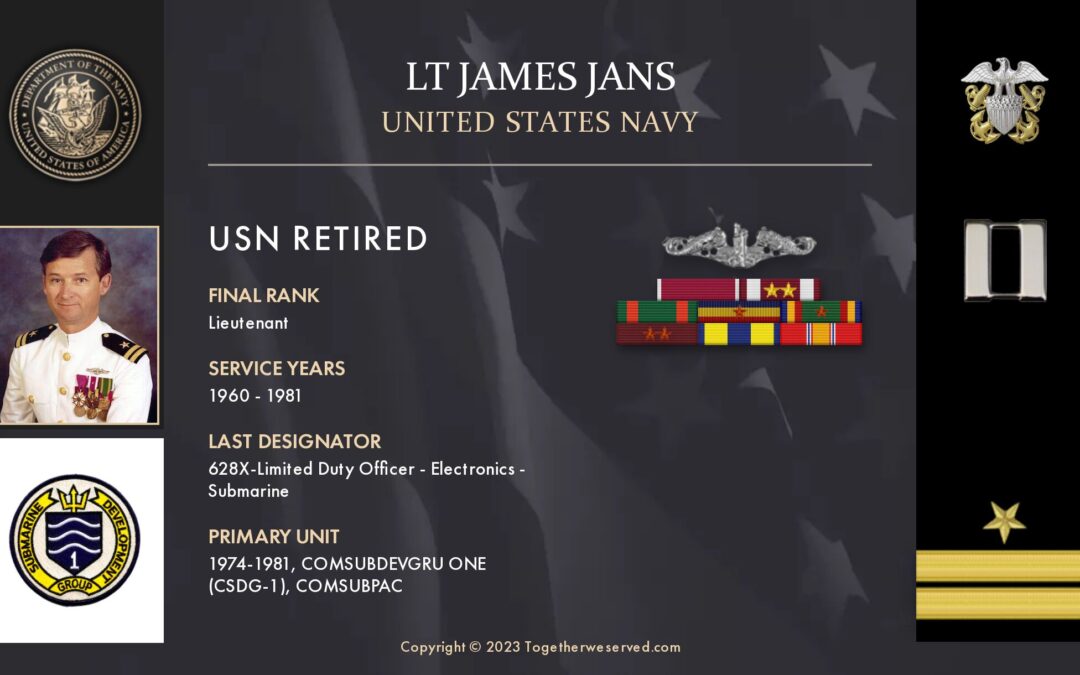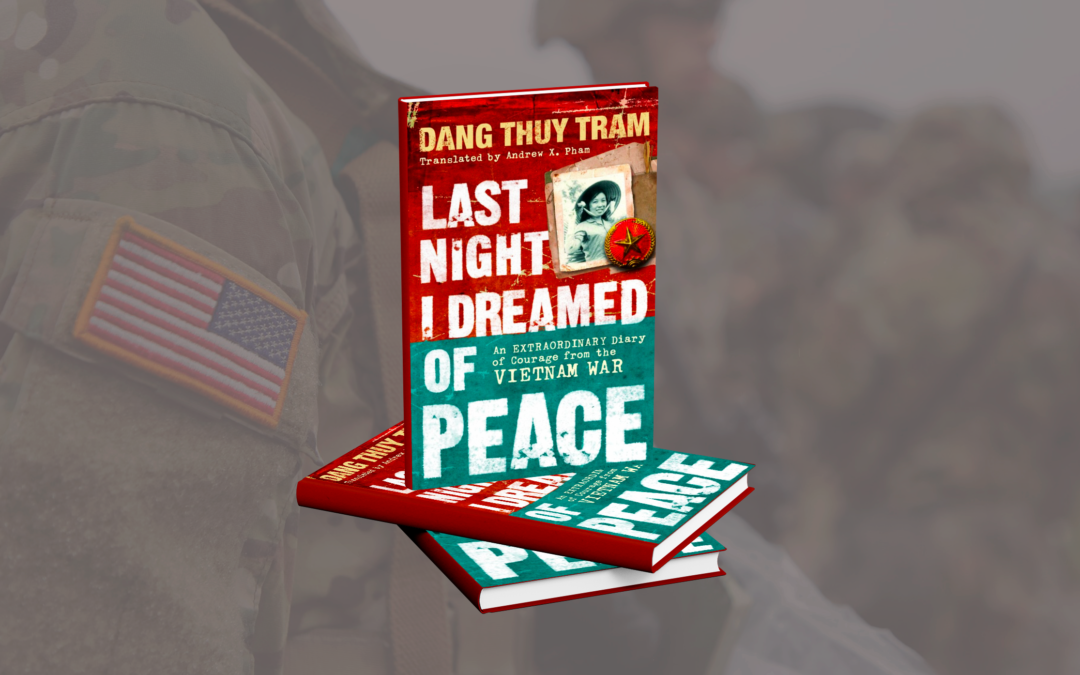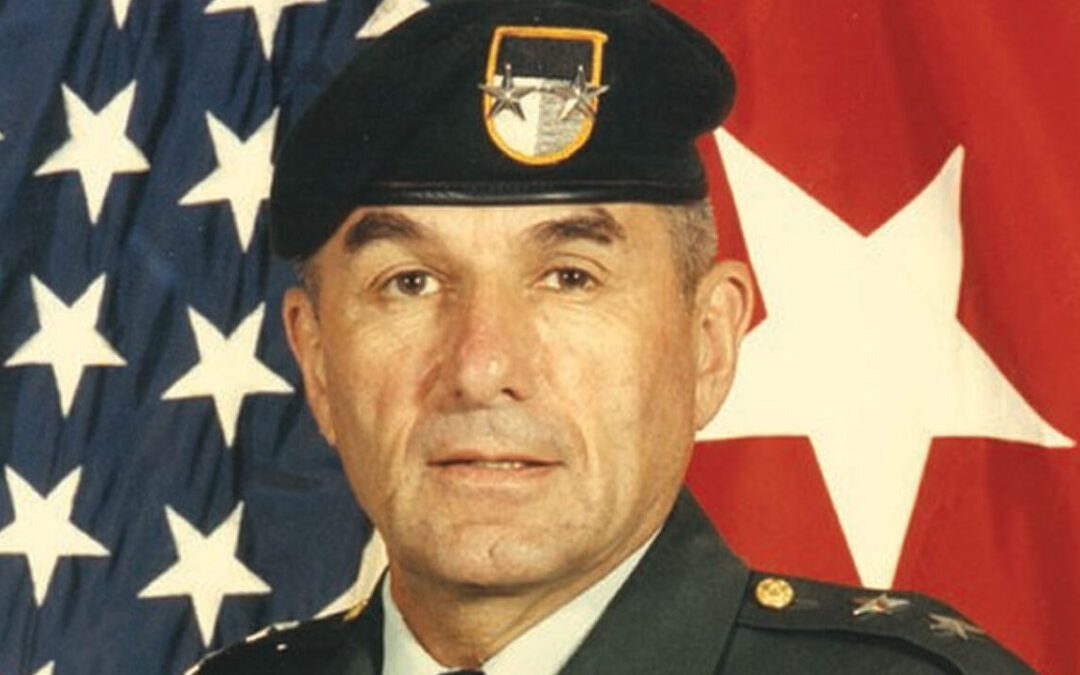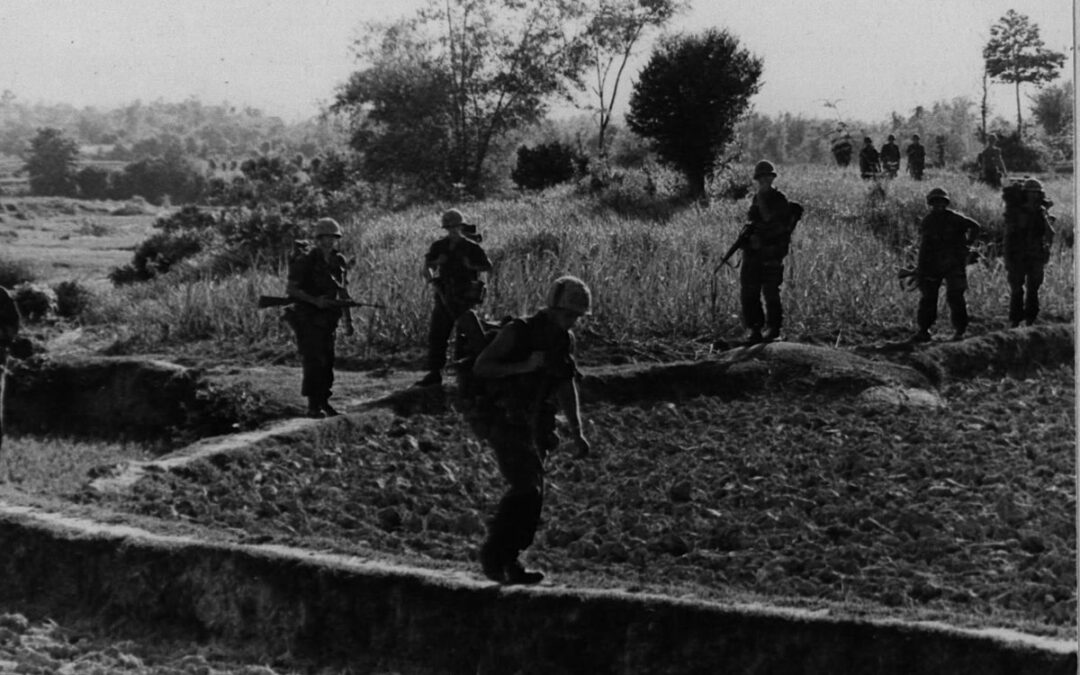In July 1955, the day after my 17th birthday, a long-time friend, Mac Viars, and I enlisted in the U.S. Air Force, and before the day was over, we were on a train headed for Lackland Air Force Base near San Antonio, Texas.
Our original plan was to enlist in the Navy, but the Navy recruiter told us we couldn’t go until later. The Air Force recruiter said we could leave “today,” so that was decided. We needed a parent’s signature on an Air Force form when we enlisted. At that time, my mother was living in Baxter Springs, Kansas. So, Mac’s mother signed my mother’s name on my form.
After completing a physical exam, swearing in, and some paperwork, we boarded a train at Union Station in St. Louis wearing jeans, white T-shirts, “throw-away” shoes, and a few packs of cigarettes. We counted on getting all new clothes when we got there, and that did come true.
